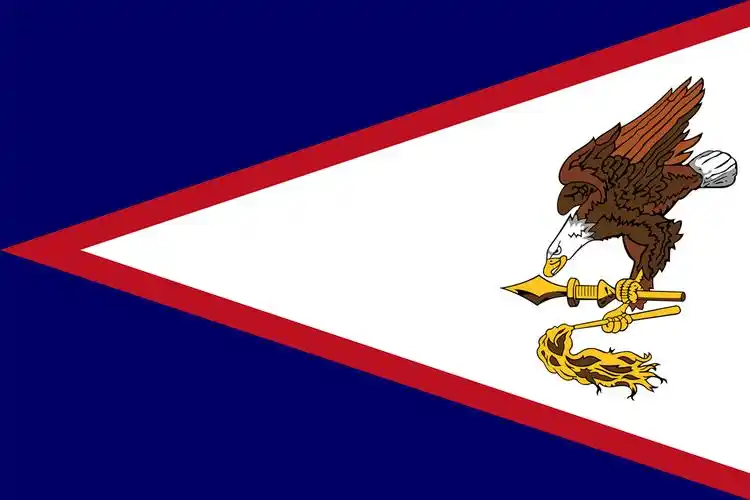- Focus on product development, production and sales.

Overview of American Samoa
American Samoa, also known as Eastern Samoa, is an unincorporated territory of the United States in the South Pacific, located in the southern Pacific Ocean east of the International Date Line. American Samoa consists of five volcanic islands and two coral reefs, with the main island being Tutuila Island, and the remaining islands including the Manua Islands, Ross Atoll, and Swans Island.
Geographical location and natural environment
American Samoa is located between 13 ° and 15 ° south latitude and 168 ° and 171 ° west longitude, and is the southernmost territory of the United States. Its climate belongs to tropical rainforest climate, with an average annual temperature between 21-32 ℃. December to April is the wettest season, and the average rainfall can reach 510 centimeters.
historical background
The history of American Samoa can be traced back to 1000 BC, when residents had already settled there. European explorers arrived in the region in the 18th century. In the second half of the 19th century, Germany, Britain, and the United States engaged in a serious international confrontation over the Samoa Islands. According to the 1899 treaty, Germany and the United States divided the Samoa Islands, and the following year, the United States officially occupied the eastern half of the islands. Western Samoa became the independent state of Samoa.
Political system
American Samoa is classified as a "non incorporated unincorporated territory" under US law, without its own government, but is under the jurisdiction of the US Department of the Interior. The capital is Pago Pago, which is one of the natural harbors in the Pacific Ocean.
Economic situation
The economy of American Samoa mainly relies on tuna processing and tourism. Transportation mainly relies on highways, with a total length of 350 kilometers, including 150 kilometers of paved roads. Pago Pago has an international airport and deep-water port, and is an important naval and air force base for the United States in the Pacific Ocean. Although the government is committed to developing the tourism industry, its development is limited due to a lack of funding and inconvenient transportation.
Culture and Population
The residents of American Samoa are mostly of Polynesian ethnicity, speak Samoan language, commonly use English, and mostly follow Protestantism and Catholicism. The population in 2023 is approximately 43914 people.
The economy of American Samoa mainly relies on federal government assistance and tuna processing. The economic development of American Samoa is slow, with economic activities mainly concentrated in tourism, tuna processing, and government services. Tuna canning factories export hundreds of millions of dollars worth of products to the United States every year, which is an important pillar of the local economy. In addition, American Samoa also relies on financial assistance from the United States to sustain its economic operations.
The GDP and major economic indicators of American Samoa are as follows:
GDP: The GDP in 2018 was approximately 636 million US dollars.
Per capita GDP: The data is not specifically provided, but according to the data for the 2017/2018 fiscal year, the per capita GDP is $4376.
Economic growth rate: The economic growth rate for the 2017/2018 fiscal year was 3.6%.
The industrial structure of American Samoa:
Tourism industry: Despite American Samoa's abundant natural resources and beautiful beaches, tourism development is limited.
Tuna processing: Canned tuna processing is one of the main economic activities in American Samoa, with products mainly exported to the United States mainland.
Government services: Government services are also an important component of the local economy.
Geographic and demographic information of American Samoa:
Geographical location: American Samoa is located in the central southern part of the Polynesian Islands in the South Pacific, and is an overseas territory of the United States in the South Pacific. It has a land area of 199 square kilometers and consists of five volcanic islands and two coral reefs.
Population: Approximately 55000 people (estimated in 2020), of which 91% are Samoans. The capital Pago Pago is located on Tutuila Island.